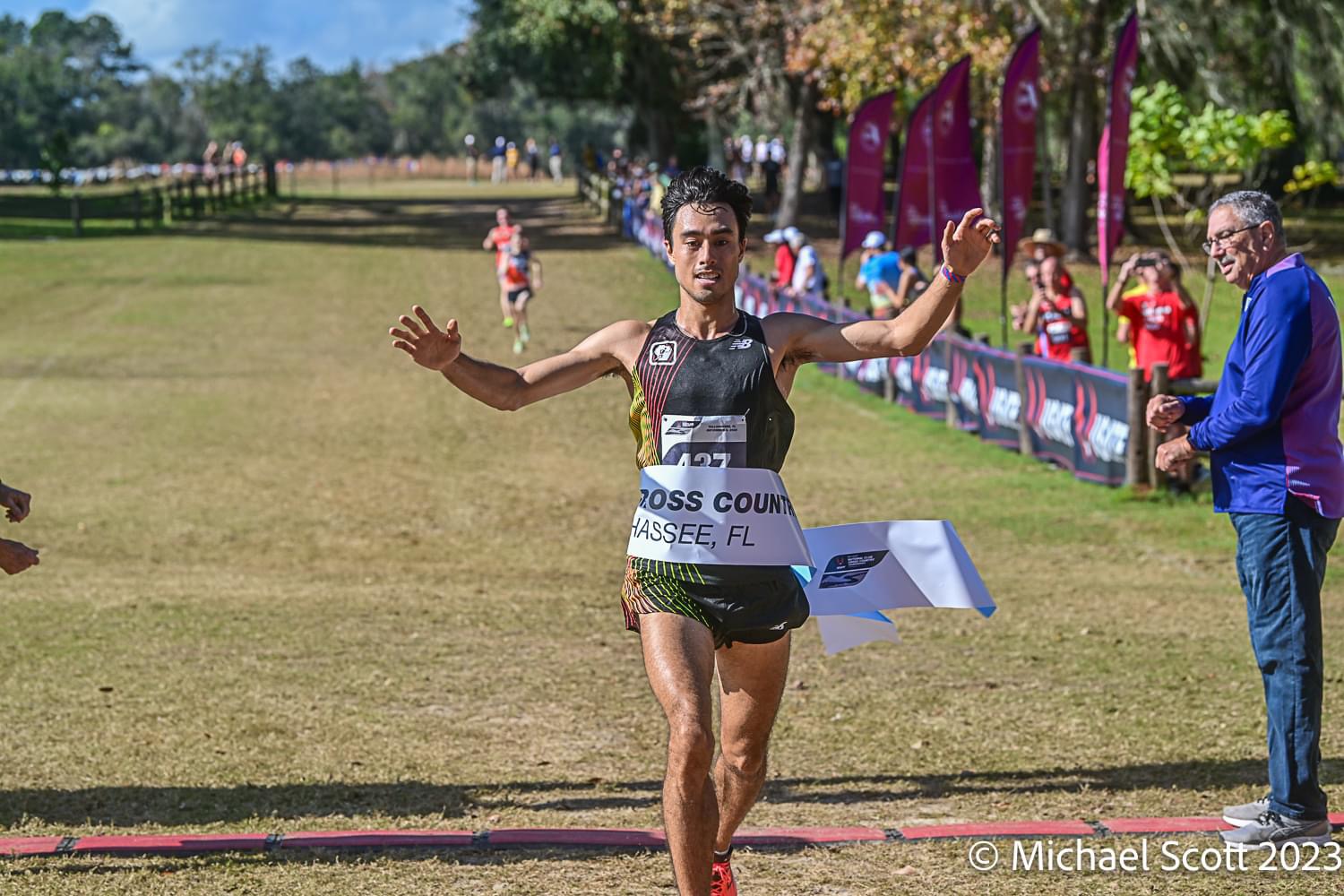By Margie Shapiro
January/February 2010
For the Washington Running Report
Most newbie triathletes go through a try-it-and-love-it phenomenon. If you are fresh off an introductory year in triathlon, or you are not so new and have done shorter-distance racing, you may be considering “going long” in 2010.
Just as the 5K and marathon are two entirely different animals, so it is with triathlons. If you want to move up to a longer distance, be ready to adopt some new training habits. Here are some tips for a first-timer looking to go long and do a 70.3 (half Ironman) or 140.6 (Ironman) triathlon.
Think It Through
There is a reason people get goose bumps and tears when crossing the marathon finish line or hearing their name announced with the words “You are an Ironman!” It takes extraordinary work and commitment to get to there.
You need to budget the time necessary for this long endeavor. Typically, training for a 70.3 race requires at least an average of 12 hours per week for most of the year, and, for a full ironman distance race, 16 or more hours weekly. Make sure you will be able to find one to three training hours regularly on weekdays and as many as six training hours on some weekend days.
Training plans vary, but you should expect to complete at least very close to race distance in each of the three disciplines in training (not all on the same day), and you will require the proper build-up to get to those distances safely.
Design and Follow a Plan
First, choose the race you would like to do and get online to register. Once you know you are in, take out the calendar and design a training plan by working backwards from race date with these time slots:
* taper period
* peak volume period (note: training volume, intensity, and terrain are very specifically related to the race itself)
* several base-building periods. Note: to condition your body for the distance, improve muscular strength (through resistance training), and improve your overall speed and efficiency.
To be safe, allow at least 16 weeks of training for your event, assuming you are starting with a fitness base gained from 2009. Hiring a coach or following a training program from an online source or book will help.
Easy Does It
The most successful iron-distance athletes have figured out how to race fast while burning fuel with extraordinary efficiency. Since fatigue and the need to slow down coincide with high consumption of carbohydrate, you will need to learn to burn as much fat as possible, and that means spending the vast majority of your training time in the fat-burning zone.
Maintain a low intensity during most of your training, with lactate threshold workouts comprising the majority of your high-intensity work, so that you optimize your body’s fuel efficiency. It would be very beneficial to get a VO2 Max Test to determine your Zone 2 heart rate, power (on the bike), and pace–you can be most productive when monitoring that information. Most athletes training for longer distances spend too little time in Zone 2.
Well, Yes, It Really Is All About The Bike
The bike portion of the race comprises the greatest distance and duration, and usually it affects the final outcome of the race most.
No matter your background or strengths and weaknesses, you should plan to spend much of your training time on the bike. Improving your endurance, strength, and efficiency on the bike will lead to a faster bike split, and it will also set you up for a fresher run. Additionally, how you fuel yourself on the bike will make or break your run!
Give Attention to the Swim
As the most technical of the three triathlon sports, swimming requires regular attention.
Some mathematicians like to neglect water time, “If my 14-hour race involves just over one hour of swimming, why spend more than one hour of my 14-hour training week in the pool?” Seems logical enough, right? However, aerobic fitness gained from swimming has an enormous crossover effect (increasing overall fitness), and swimming is least damaging to the body.
Use some swims as active recovery days from more taxing workouts, honing your technique at the same time.
Last, But Not Least, the Run
As for running, of course you will not want to neglect it if you are a runner-turned-triathlete, and you should not.
Although more time should be spent riding than doing anything else, still you must prepare your body for the specific physiological, neuromuscular, mechanical, metabolic, and other such needs of running. Include a weekly long run, a tempo run to improve lactate threshold, and several runs off the bike.
Enlist Support and Enjoy It
You are embarking on a long and trying journey that will leave you exhausted and elated, and many times the gamut of emotions and physical states between the two. Share your goals with someone close to you-family, friends, co-workers, or training partners are good choices-you will need their support at some point along the way.
If you are taking the plunge to go long, do not forget to remind yourself of why you enjoy it along the way, and during the race itself, savor every moment. Do yourself proud.
Margie Shapiro is co-owner of Potomac River Running Stores (with locations in Ashburn, Burke, Reston, Arlington, Cleveland Park, Falls Church, and Rockville). She is a professional triathlete who coaches runners and triathletes through =PR= Training Programs. Currently she is on the USA Triathlon Project 2012 Team (for Olympic hopefuls in triathlon) and has been a U.S. National Elite Team member (2007-08) and Elite World Championships Team Member (2007).
Recent Stories
Looking for our race calendar? Click here Submit races here or shop local for running gear
James W. Foley Freedom Run
Inspired by the moral courage of freelance journalist James Foley, the mission of the nonprofit Foley Foundation is to secure the freedom of Americans held captive abroad unjustly by terrorist organizations or rogue states, and to promote journalist safety.
The
Kensington 8K Race
Since 1994, the Kensington 8K Race has been a favorite DC area fall race – a fun, fast event with beauty, challenge, and excitement. Run it this year on Saturday, September 21, 2024!
The 8K distance is $39, with a






